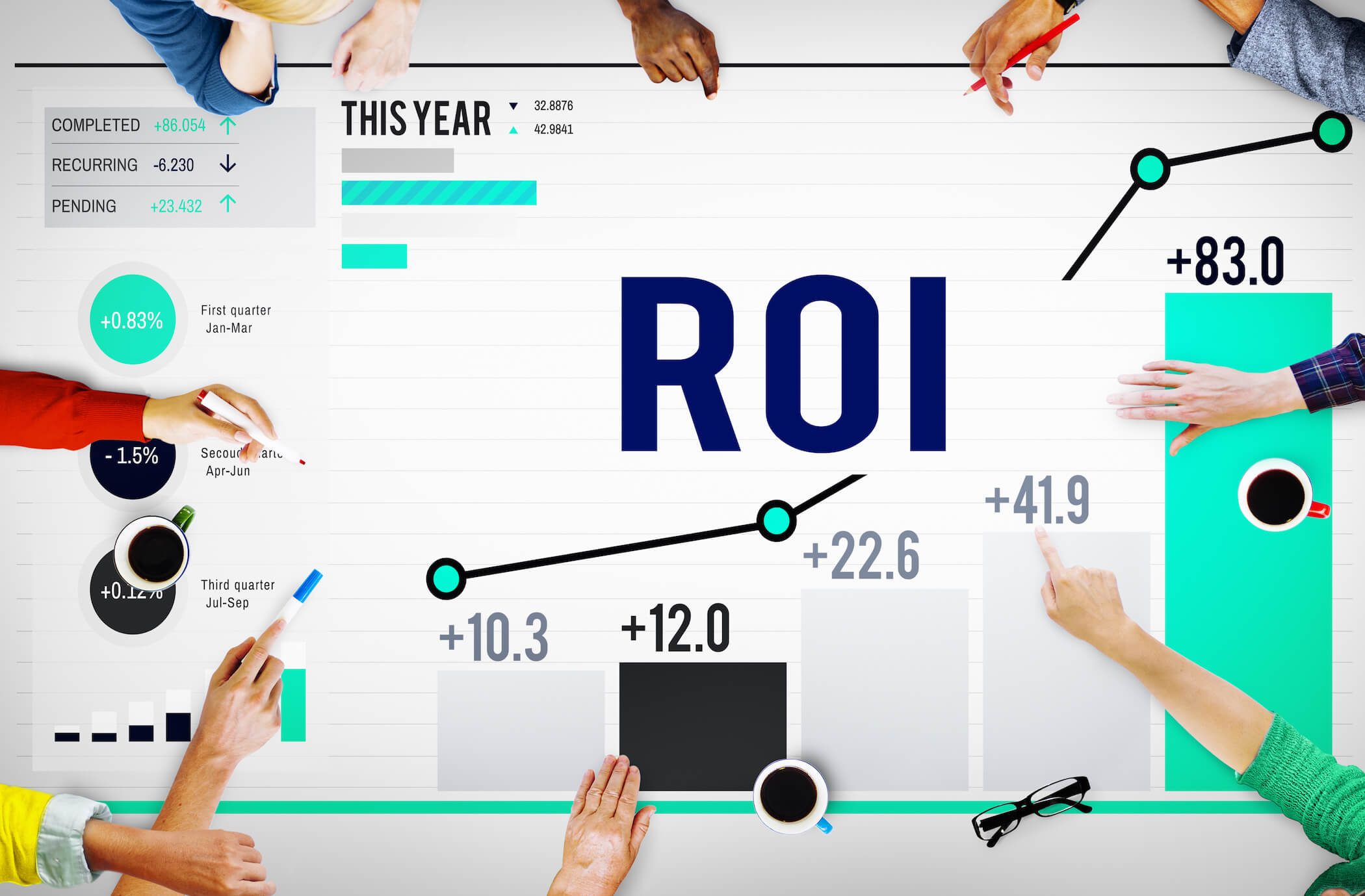By Oluwaseyi Lawal
Measuring marketing Return on Investment (ROI) is essential for any business that wants to make informed decisions about its marketing investments. By tracking the right metrics, businesses can see what’s working and what’s not, and reallocate their resources accordingly.
There are many different metrics that can be used to measure marketing ROI, depending on the specific goals of the campaign. However, some of the most common metrics include:
Website traffic: This metric measures the number of visitors to your website. It’s a good starting point for understanding how well your marketing campaigns are driving awareness of your brand.
Lead generation: This metric measures the number of new leads generated from your marketing campaigns. Leads are potential customers who have expressed interest in your products or services.
Cost per lead (CPL): This metric measures the average cost of acquiring a new lead. It’s calculated by dividing the total cost of the campaign by the number of leads generated.
Cost per acquisition (CPA): This metric measures the average cost of acquiring a new customer. It’s calculated by dividing the total cost of the campaign by the number of new customers acquired.
Return on ad spend (ROAS):
This metric measures the amount of revenue generated for every dollar spent on advertising. It’s calculated by dividing the total revenue generated from the campaign by the total cost of the campaign.
In addition to these general metrics, businesses may also want to track more specific metrics that are relevant to their specific industry or business model. For example, an e-commerce business might track metrics such as average order value and conversion rate. A SaaS business might track metrics such as customer lifetime value and churn rate.
Once you’ve identified the right metrics to track, you can start collecting data and calculating your ROI. It’s important to note that ROI can take time to measure, especially for long-term marketing campaigns. However, by tracking your ROI over time, you can start to see trends and identify what’s working best for your business.
Tips for measuring marketing ROI:
Set clear goals for your marketing campaigns. What do you want to achieve with your campaigns? Once you know your goals, you can identify the right metrics to track.
Use a variety of metrics to get a complete picture of your campaign performance. Don’t just rely on one metric, such as website traffic, to tell you whether your campaign is successful.
Track your ROI over time. This will help you see trends and identify what’s working best for your business.
Use a marketing analytics platform to automate your reporting and make it easier to track your ROI.
By measuring marketing ROI, businesses can make informed decisions about their marketing investments and improve their overall profitability.







Comment
No comments found.